Have you ever taken a mouth-watering picture of a delectable dish and wished you could capture the same vibrant colors and textures in every food photo you take? Natural reflectors may be the answer you've been searching for. Natural reflectors are an easy and affordable way to add light, shadows, and contrast to your food photography. With the right set up and technique, you can create stunning images that will make your food look as appetizing as it tastes! In this article, we'll discuss the secrets of using natural reflectors for food photography.
Positioning Your Natural Reflector
Positioning your natural reflector correctly is an essential part of making your food photography lighting look professional. Depending on the type of light source you are using, you can position your reflector in different ways to make the most of your natural light.When working with a window or other direct light source, you should position the reflector at a 45-degree angle to the food. This will bounce the light off the reflector and onto the food, creating a soft, even illumination. If you are using a natural light studio setup with several lamps, you can use multiple reflectors positioned in different directions. This will help fill any shadows created by the lights and create a more even light across the food.
When shooting outdoors, you can use a reflector to help bounce sunlight onto the food. Position the reflector at a 45-degree angle to the food, and adjust it as needed to fill any shadows or bright spots created by the sun. Using natural reflectors for food photography is a great way to take your photos to the next level. With some practice, you can create beautiful lighting effects and capture stunning images of your culinary creations.
Examples of Natural Reflectors in Food Photography
Natural reflectors are a simple and effective way to improve the lighting of your food photography.By bouncing light off of a reflective surface, you can create a softer, more even light that brings out the true beauty of your dishes. There are many different types of natural reflectors you can use to take your food photography to the next level, from common kitchen items to professional tools. Let's take a look at some of the most popular natural reflectors for food photography.
White Cardboard
White cardboard is one of the most popular and affordable natural reflectors for food photography. It's easy to find, lightweight, and easy to shape.Simply prop it up next to the food and adjust it as needed to create the desired effect.
Silver Foil
Silver foil is another great option for food photography. It reflects light more efficiently than white cardboard and gives a more vibrant look to your photos. The downside is that it can be a bit unwieldy, so it's best used in larger spaces.White Foam Board
White foam board is an excellent choice for food photography because it's lightweight and easy to shape. It also reflects light efficiently, creating a soft and even light that will make your food look its best.The downside is that it can be a bit more expensive than white cardboard.
Mirrors
Mirrors are another popular choice for food photography. They can be used to reflect light in a variety of directions, giving you more control over the lighting of your photos. The downside is that they can be difficult to keep clean and may require additional setup time.Reflective Surfaces
Any reflective surface can be used as a natural reflector for food photography. This includes stainless steel pots and pans, ceramic plates, glass jars, and more.All of these surfaces will work to reflect light and create a softer, more even light for your photos. Using natural reflectors for food photography is an easy and effective way to improve the lighting of your photos. By bouncing light off of a reflective surface, you can create a softer and more even light that will bring out the true beauty of your dishes. From white cardboard to silver foil to mirrors, there are many different types of natural reflectors you can use to take your food photography to the next level.
Drawbacks of Using Natural Reflectors
Using natural reflectors can be a great way to improve food photography lighting, but they do come with some drawbacks. The most obvious is their size and portability - because they are, by definition, natural objects, they are usually much larger than other types of lighting equipment, making them difficult to transport and store.This can be a major issue if you're taking pictures outdoors, as the reflector may be too large to take with you. Additionally, natural reflectors cannot be adjusted as easily as other types of lighting, so you may need to try several different angles before you get the desired effect. Because natural reflectors require an extra person to hold them in place, this can also add to your costs. If you're shooting solo, then you won't be able to make use of natural reflectors at all. Lastly, natural reflectors are subject to changing weather conditions and may not always be available when you need them.
Types of Natural Reflectors for Food Photography
Using natural reflectors is an effective and easy way to improve the lighting in your food photography.Natural reflectors are light-colored surfaces that can bounce light back onto your subject, resulting in more evenly distributed light. The most common natural reflectors used in food photography are white walls, light-colored furniture, and white paper.
White Walls
White walls are a great option for reflecting light when taking food photos. The white surface will evenly diffuse light, creating a soft, natural look.White walls also make a great background for food photography, helping to make the food stand out.
Light-Colored Furniture
Light-colored furniture is another great option for natural reflectors. Light wood tables, or couches with white slipcovers can be used to bounce light back onto the subject. By positioning the furniture around the food, you can create a more balanced and even light for your photo.White PaperWhite paper is also an effective reflector for food photography. You can use large pieces of white paper to bounce light from any direction and create a more even look. This works especially well in small spaces where there may not be enough room to use other types of natural reflectors. By using these different types of natural reflectors in your food photography, you can create professional-looking shots with minimal effort.
Natural reflectors are an easy and effective way to improve the lighting in your photos and achieve beautiful results. Using natural reflectors for food photography can be an easy way to take your food photography to the next level. Natural reflectors offer a range of benefits, including softer light, minimized shadows, and a more even spread of light across the image. They are also easy to position, and come in a variety of shapes, sizes, and materials. Experimenting with different types of natural reflectors can help you find the perfect solution for your food photography needs.
With the help of natural reflectors, you can create stunning photos with a professional quality finish. We hope this article has shown you how to use natural reflectors for food photography. Whether you’re just starting out or you’re an experienced photographer looking to refine your lighting techniques, natural reflectors are a great tool to have in your arsenal.

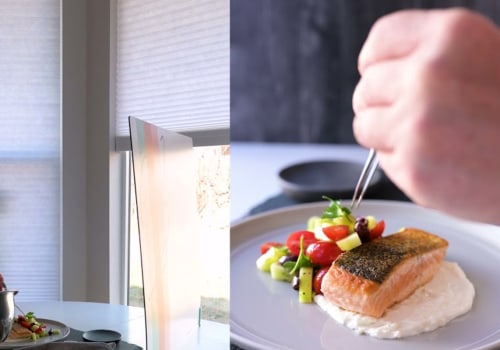
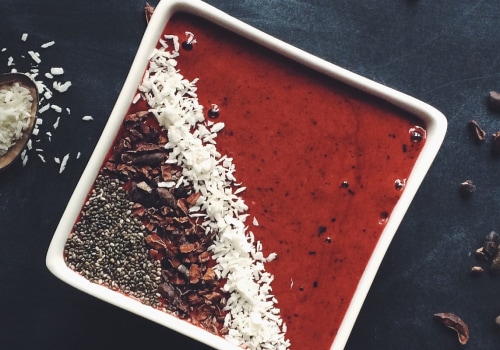
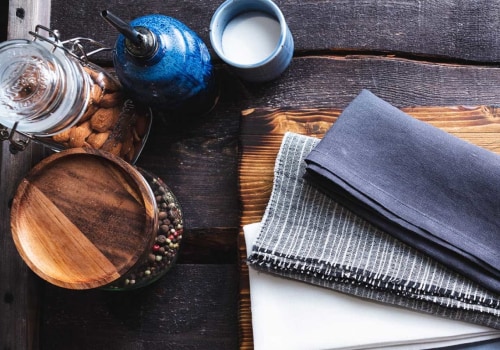
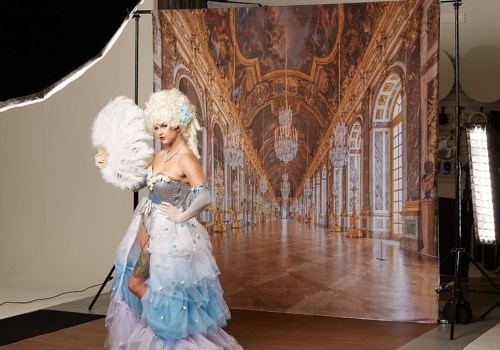
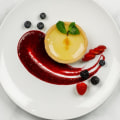
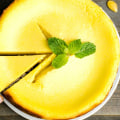
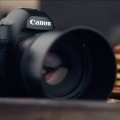
Leave a Comment